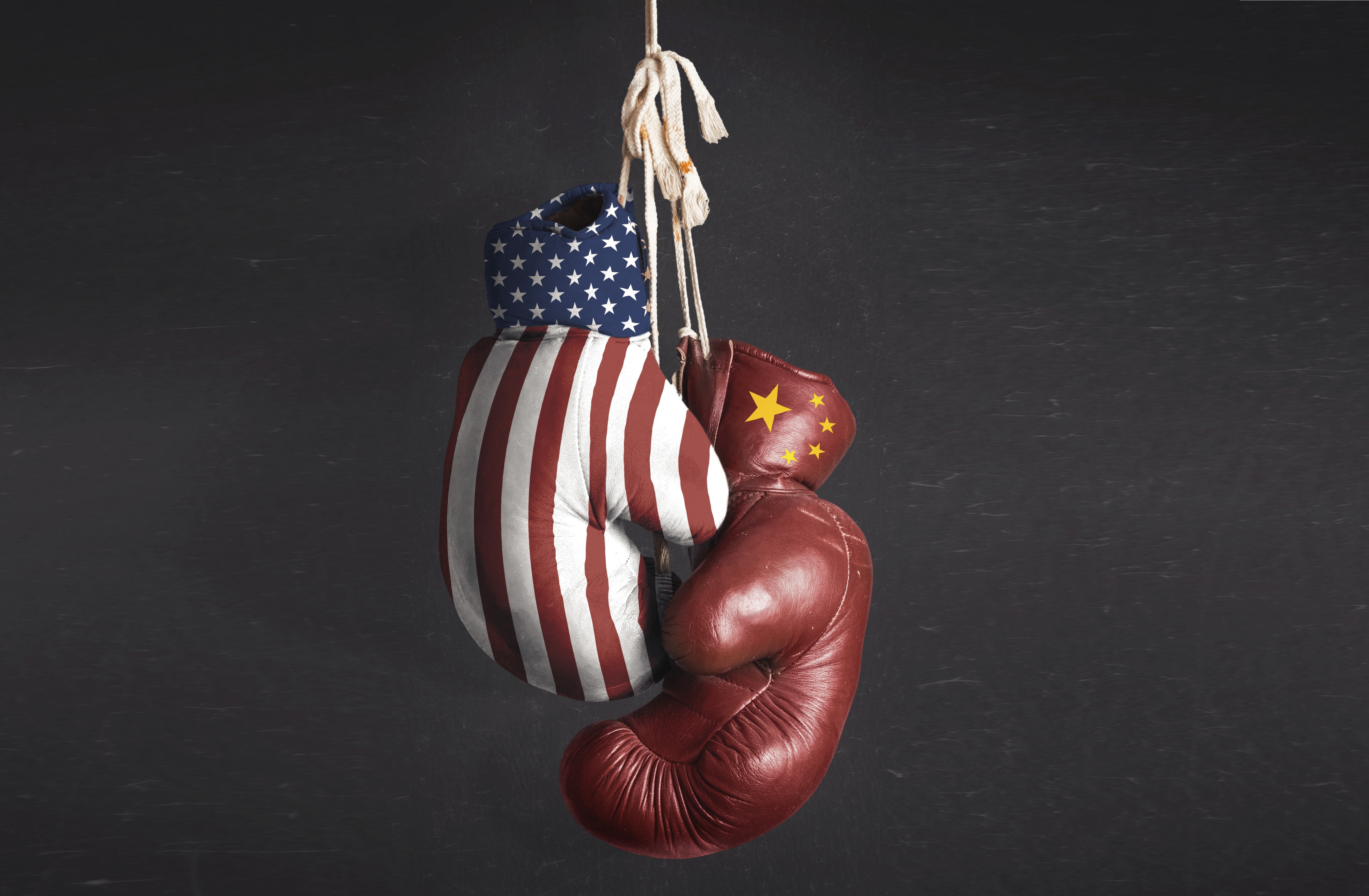
In June 2014, after a 20-year staring competition with China and other developing countries, the USA blinked, announcing new domestic rules to reduce greenhouse gas emissions without requiring developing countries to do the same.
Frustrated by US Congress’s stalemate on climate action, President Barack Obama took measures to advance a major step in his Climate Action Plan through the Environmental Protection Agency, whose scope of operation he had increased through executive orders. The Agency unveiled rules to reduce greenhouse gas emissions from power plants by 30% over 2005 levels, providing a momentous event in US political history, and one that is likely to be subject to ongoing legal challenges.
With that blink, the US Executive signaled to its climate change sparring partner, China, that during Obama’s second term it was prepared to get real about climate change action. Historically, US climate inaction has been due to, among other things, Congress’s legislative inertia. The US previously enacted legislation preventing it from agreeing to binding international emissions reduction commitments unless developing countries also adopted binding commitments. While that inertia may remain, Obama has signaled that the Executive will take steps to thaw the ideological frost between the US (and other Western countries) and developing countries and focus on the objectively important task at hand.
In doing so, Obama acknowledged that all countries have a role to play in averting the biggest risk to humanity – human-induced climate change – regardless of which countries are most responsible for the historic contributions to climate change and which are most responsible for increasing emissions levels. The risks are not distant and remote possibilities, but have yet again been affirmed in the recent report by the Intergovernmental Panel on Climate Change (IPCC).
Influenced by both domestic pressures to improve air quality and signals from abroad, China has also made inroads on climate change. China’s domestic economic restructuring in recent years towards clean energy technology has been exemplary. In 2013, its renewable energy power capacity surpassed new fossil fuel and nuclear capacity and it invested more in renewable energy than all of Europe combined (US $56.3 billion).
On 12 November 2014, for the first time in history, Chinese President Xi Jinping and President Barack Obama jointly announced a China-US bilateral deal to reduce carbon emissions. With this proclamation, they have potentially swept away 20 years of position-based arguments for climate inaction. The deal expressly states, among other things, that both countries
“hope that by announcing these targets now, they can inject momentum into the global climate negotiations and inspire other countries to join in coming forward with ambitious actions as soon as possible, preferably by the first quarter of 2015 and demonstrated to other countries that meaningful progress is possible.”
Under the deal, China has agreed to cap its emissions and ensure its emissions peak by 2030 or earlier if possible. China has also promised to increase its share of energy generation from clean energy sources to 20% by 2030. This broadly equates to adding almost the entire current total energy generation capacity of the US (or all of China’s coal power capacity), but through clean energy technologies. The future of the renewable energy industry in China, and related servicing countries, now seems assured. The US promised to cut its emissions to 26-28% below 2005 levels by 2025.
While not all commentators may be satisfied with the quantitative commitments, they are indeed substantial and provide a clarion call to the international community.
But perhaps not for all countries. The China-US deal is yet another embarrassing blow to Australia’s Prime Minister Tony Abbott and his conservative Federal Government, who since coming to power in 2013 have been systematically dismantling Australia’s renewable energy legislation and institutions, repealed the so-called “carbon tax” and watered-down many of its environmental protection obligations, including the logging of UNESCO listed old-growth forests in Tasmania. Such is the Government’s position that Tony Abbott has maintained that climate change will not be on the Brisbane G20 agenda, despite the China-US announcement, the IPCC’s recent report, Nicholas Stern’s call to action, and various attempts to have climate action shoehorned in at the last minute. The official agenda item of “energy” may allow for limited discussion, though emissions reduction is certainly not the focus.
In contrast, the EU has also recently shown its international leadership, announcing on 23 October 2014 that it had agreed to reduce its emissions by 40% by 2030 (the previous agreement was 20% by 2020).
Collectively, these announcements should bode well for the next UNFCCC conference in Lima, Peru, where countries have agreed to consider elements for a draft negotiating text of the 2015 climate deal (the ADP or Durban Platform Agreement), with a view to making available a negotiating next before May 2015. With Fatih Birol, Chief Economist of the International Energy Agency, emphasising that “if as of 2017 there is not a start of a major wave of new and clean investments, the door to 2 degrees will be closed”, focus must now turn to the common ground, or the contract zone, in which the negotiating countries can agree an international climate package.
Although the old chestnuts of mitigation, adaptation, finance and technology transfer will inevitably be subject to scrutiny in the coming months, with serious climate action agreed by the US, China and the EU, and the possibility of action by other developing countries, there is a new hope that the enduring climate wars will subside, and delegates and the international community can foster optimism that agreement on the 2015 Paris climate deal will be possible.







